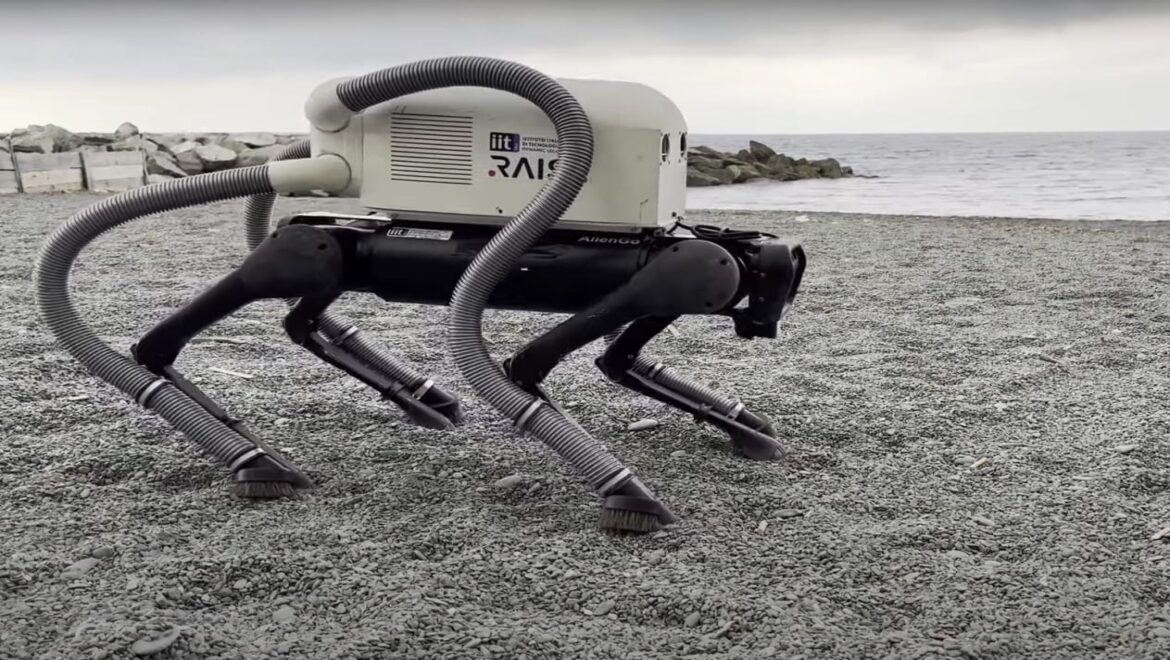
Cigarette butts are the second most common type of litter in the world. Out of six trillion cigarettes smoked each year, over four trillion butts end up discarded on the ground. Each of these releases over 700 toxic chemicals into the environment, causing significant damage. To tackle this issue, researchers at the Italian Institute of Technology (IIT) in Genoa have developed a unique solution: a robot named VERO.
The Birth Of VERO
The team at ITT created VERO (Vacuum-cleaner Equipped RObot) to clean up cigarette butts in tricky environments. Traditional litter-cleaning machines with wheels struggle on uneven surfaces like beaches and stairs. VERO, a four-legged robot based on Unitree’s AlienGo, overcomes this problem with its vacuum system integrated into its feet.
How VERO Works
An operator sets an area for VERO to clean. The robot then uses its cameras and neural networks—a type of artificial intelligence—to find cigarette butts. This process is challenging because the robot must identify individual butts among many similar-looking objects. Once VERO spots a butt, it positions one of its vacuum-equipped feet next to it and sucks it up using a special nozzle. An additional camera on VERO’s ‘chin’ helps it make precise movements to collect the butts.
Performance And Potential
Initial tests show that VERO can successfully collect nearly 90 percent of cigarette butts in various environments. While the robot is not very fast, it does not tire as long as its battery is charged, making it more efficient than human cleaners who might get frustrated or tired.
The researchers believe VERO can do more than just clean up cigarette butts. Its legs can also perform other tasks, such as spraying weeds in crops, inspecting cracks in buildings, or placing nails and rivets in construction projects. VERO’s design allows it to carry different tools on each of its four feet, making it a versatile solution for many jobs.
The Future Of Vero
VERO is the first robot that uses its legs for both walking and performing its designated tasks at the same time. This innovation opens up new possibilities for robots in a variety of fields. The software developed for VERO can be adapted for different tools and tasks, promising a wide range of future uses for similar robots. It also highlights the innovative use of robotics to address environmental challenges, showcasing the potential for technology to make significant contributions to ecological preservation.
References:
IEEE Spectrum: Robot Dog Cleans Up Beaches With Foot-Mounted Vacuums
Hackster: No Ifs, Ands, or Butts: This Robot Really Cleans Up
Journal of Field Robotics: VERO: A vacuum-cleaner-equipped quadruped robot for efficient litter removal
Unitree AlienGo
